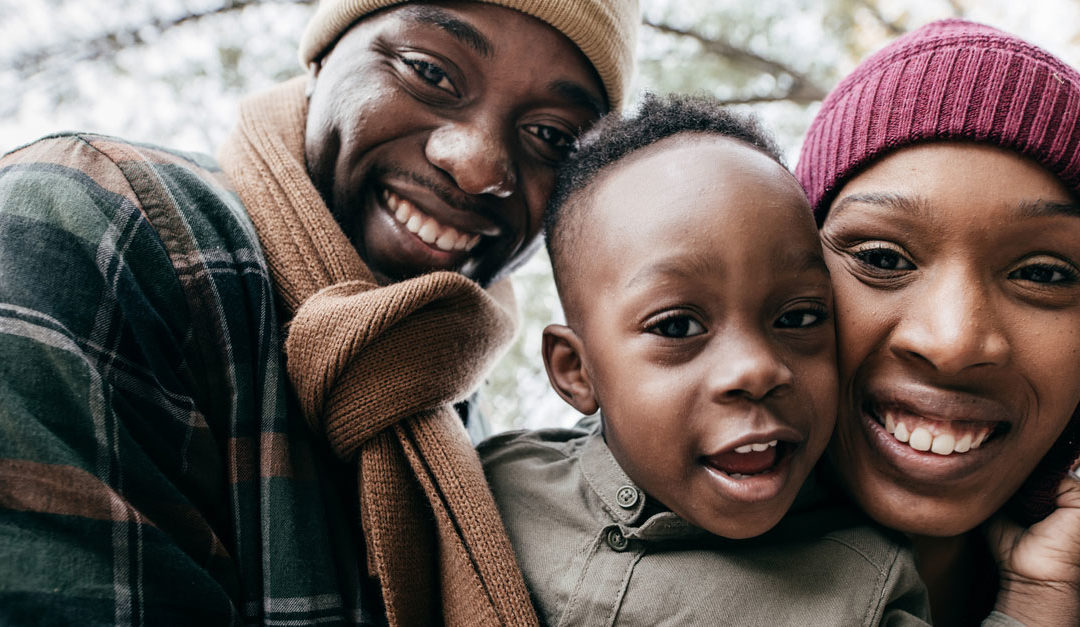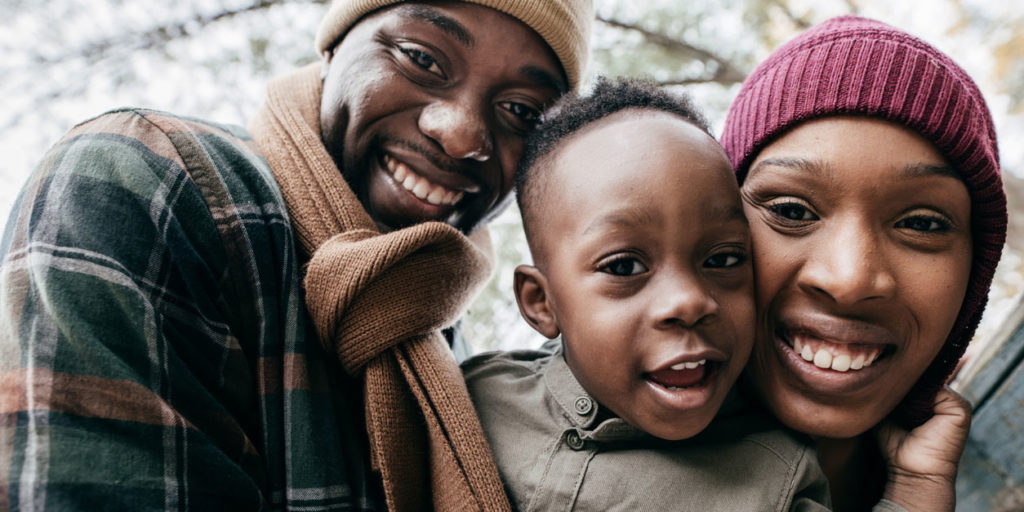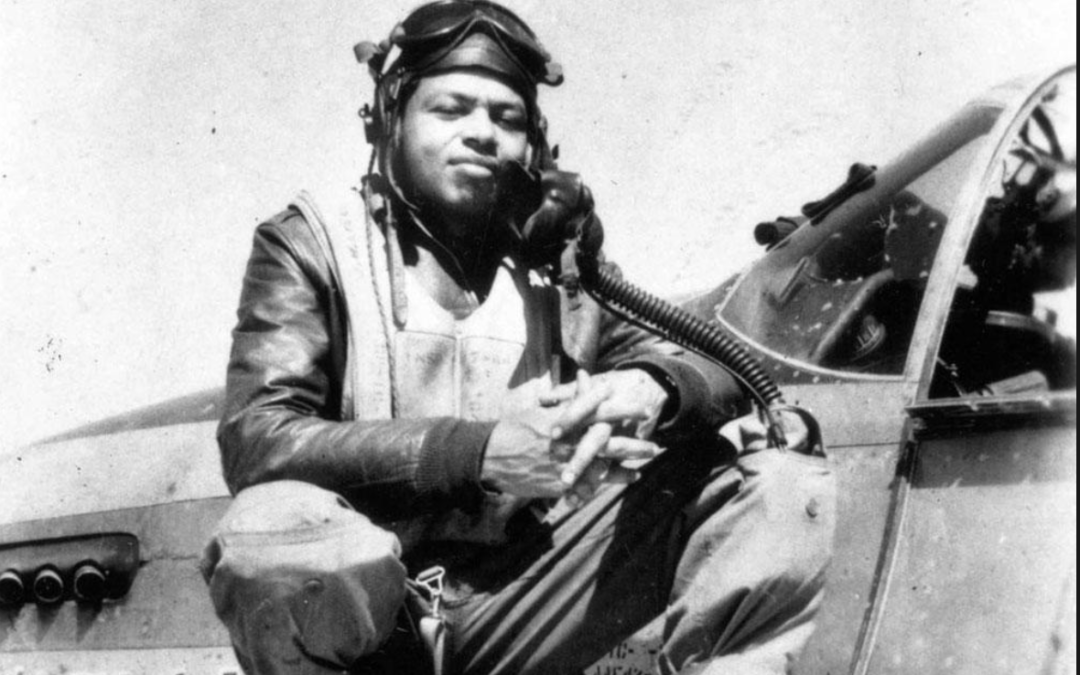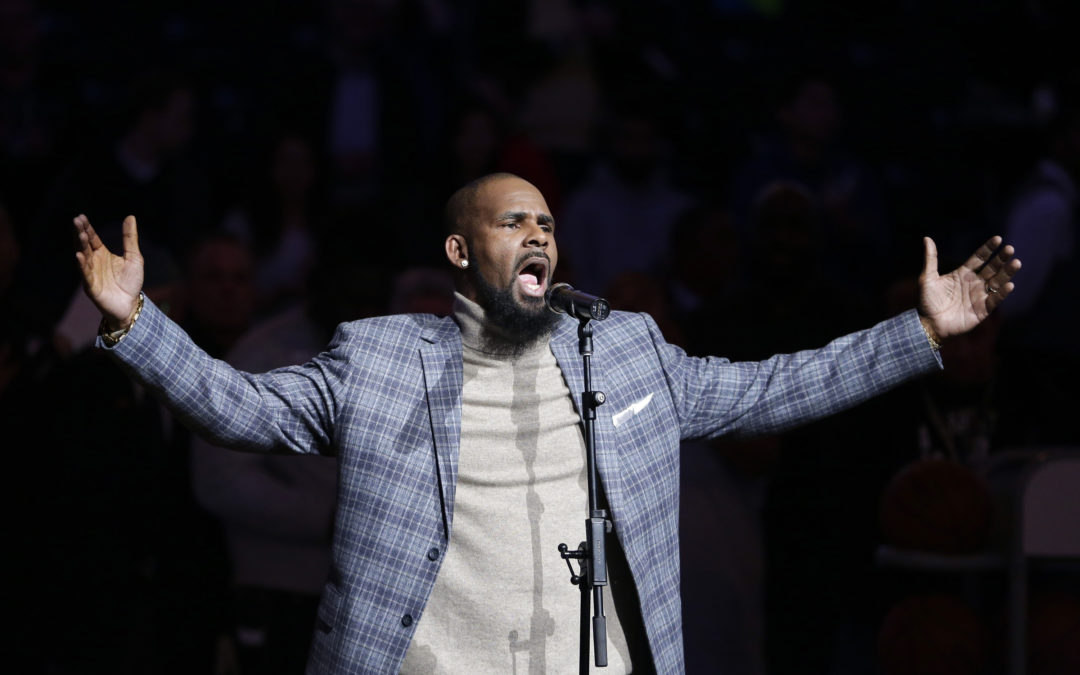
To honor Dr. King, pediatricians offer four tips to teach kindness to kids

Children are listening.
During the election, messages of hate, fear and intolerance were propagated across different media and into communities. And the messages continue. While parents view and listen to these ever-present messages, alongside them are their children, hearing these same messages through a lens ill-equipped to discern the implications of negative stereotypes and incorrect portrayals.
Throughout the election, children heard such things as Mexican immigrants are “rapists” and are “bringing drugs…bringing crime” and that African-Americans are “thugs” and “living in hell.”
These messages, no matter their voice, were designed and intended to target adults. As pediatricians, we’re now seeing, however, that children were listening and they are responding in ways we might not have anticipated.
As parents, caretakers and citizens, we have the power to turn this tide. And as we approach the celebration of Martin Luther King Jr.‘s birthday, now is the time to explore ways to teach children to communicate with love and respect.
Stop the hate and offer love
One response to the messages children hear is to incite more hate. In April 2016, a now well-cited survey of 2,000 teachers conducted by the Southern Poverty Law Center’s Teaching Tolerance Program found that more than half of respondents reported seeing an increase in uncivil discourse in their schools. This, along with other findings from the survey, was used to coin “The Trump Effect,” a term denoting the hateful acts performed by children and adults alike.

Aug. 28, 1963/ AP
The change we’ve seen in children’s behavior may be happening for the same reason they react to the violence they see in media. Prior research has shown that children exposed to media violence have higher levels of violent behaviors, hostility and that they are more desensitized to violence, including a lower likelihood of intervening in an ongoing fight and less sympathy for the victims of violence. Media violence itself can instill fear in the young viewers that may be persistent for years.
Hate and intolerance touted in the media is no different. As is their nature developmentally, children adopt what they hear as truth, adapting it to their lives, and in many cases across the nation, acting upon it.
Another response can be love. Recently, a Facebook group was started by a Seattle-based mom, encouraging children to write letters to the president-elect explaining the importance of being kind. To date, 10,000 children have joined, from across the country, writing how kindness should guide the future administration. To quote one sixth grade child, “Please show kindness to people, no matter their race, religion, beliefs, or most importantly, who they are as a person.”
This dichotomy of responses begs the questions: Why are children uniquely positioned to respond to messages of hate strongly, and how do parents guide their children to respond with love over hate?
Developmental stages: A lens for media messages
Children’s actions may depend heavily on their developmental stage. Older teenagers are generally better able to discern the meaning and implications of the strong emotions conveyed in the media, but younger children often are unable to decode them.
Emotions like hate, fear and intolerance are complex. Younger children are not equipped to understand the context and ramifications associated with these complex emotions, especially when seen in an abstract form, such as media. In addition, we know that young children are not developmentally able to discern paralanguage, the complex, emotional undertones of speech. Without these underpinnings, it’s nearly impossible to understand when messages are rooted in sarcasm or are based on fallacious assumptions.
Parents fear loss of control
Older children may be able to think more critically about what they hear, but may have a hard time deciding what they should believe. Children who identify as a part of a minority group based on their race or ethnicity, nativity status, sexual orientation or ability status may also internalize the messages, which can lead to increased distress. This distress may be associated with concerning behaviors such as withdrawal, anger, anxiety and conduct problems.
In 2015, over 65 percent of Americans had a smartphone and over 95 percent of homes had a television. In 2016 The American Academy of Pediatrics, an organization of over 66,000 pediatricians, revised its policy statement to encourage the use of these types of media for children as young as 18 months in a structured way to facilitate learning.
However, many families feel conflicted on how to select for beneficial content, while filtering out the harmful content, such as stories that highlight hate and intolerance. A study published in the November issue of Annals of Family Medicine found caregivers felt they had less and less control over the content their children viewed in today’s age of rapidly evolving technologies.
This effect was seen increasingly in families with lower socioeconomic status and lower income. These caregivers wanted their children to be exposed to the advantageous aspects of technology, but worried about how to set limits and make the right choices for their children.
As parents, we know it is hard to totally shield our children from the media, so how do we silence the noise of hate and usher our children toward actions of love and respect?
Our path forward
The strongest change you can make is in your own home.
Here are four ways you can scaffold the messages our children hear, providing them with context and skills beyond their developmental stages to filter and respond to the hate and intolerance seen in the media.
- Use your resources: There are many web-based tools that parents can turn to, including KidsHealth.org’s “Teaching Your Child Tolerance” and Southern Poverty Law Center’s “Teaching Tolerance” toolkit. Both of these sites include developmentally appropriate stories and games to discuss racial and cultural differences with your child.
- Talk to your child about responding with kindness: Even offhand statements can be felt as hateful to others. Creating a culture of kindness in your home can have ripple effects. Remember, tolerance does not mean tolerating hateful behavior. It means everyone deserves to be respected and should respect others. For example, if your child hears someone saying something intolerant, encourage them to speak up against it. However, instead of saying, “I think people who use racist and sexist language are stupid,” encourage them to demonstrate kindness: “I think it’s cool when we treat everyone with respect.”
- Set a strong example and explain it to your child: While children pick up on everything we do, it’s even better to tell them what you’re doing. Become active in your community, volunteer locally, nationally or globally. Take your child along and get them involved. Even easier, show them how you respond to intolerant acts and explain to them why.
- Teach your children to feel good about themselves and love their own culture: We know that children who struggle with self-esteem can respond by bullying others. Conversely, kids with higher self-esteem may bolster others around them. Emphasize your child’s own strengths and encourage them to explore their interests. Teach them about their own cultural background and instill a sense of cultural pride in your family. Being aware of the language we use and being intentional about our attitudes are skills child carry with them outside their home.
And remember, children are listening. While we may not be able to change the messages in the media, we can change how our children respond to them, and that change starts with you.![]()
Nia Heard-Garris, Robert Wood Johnson Clinical Scholar, Clinical Lecturer, Department of Pediatrics and Communicable Diseases, University of Michigan Medical School, University of Michigan and Danielle Erkoboni, National Clinician Scholar and General Pediatrician, University of Pennsylvania
This article is republished from The Conversation under a Creative Commons license. Read the original article.


